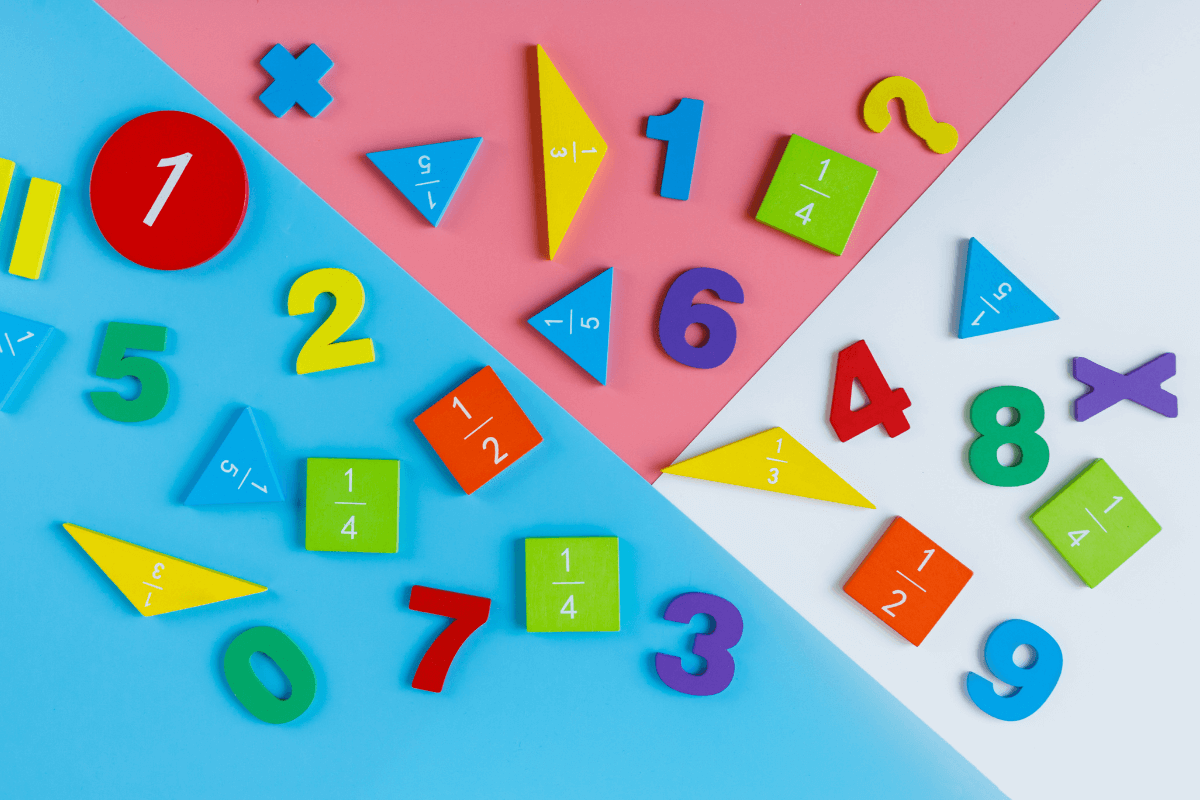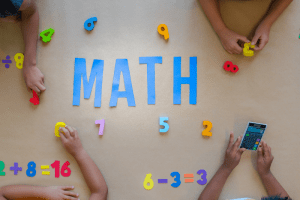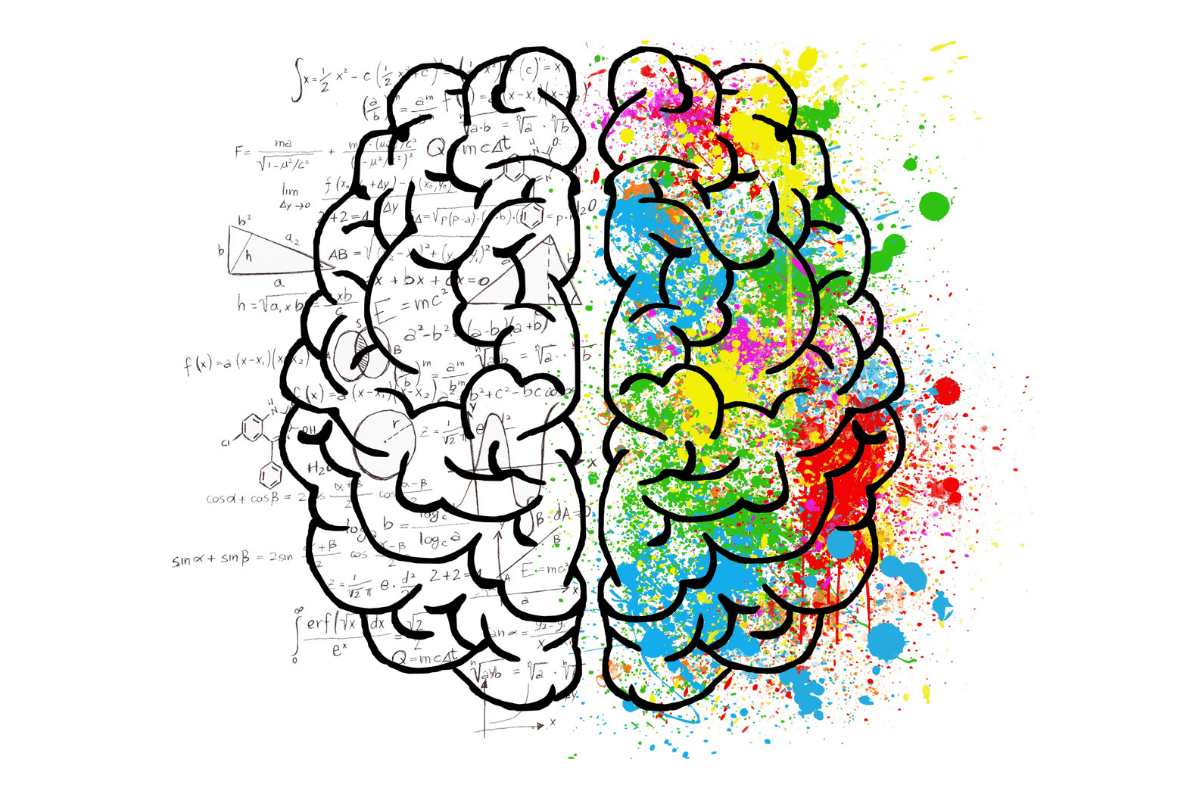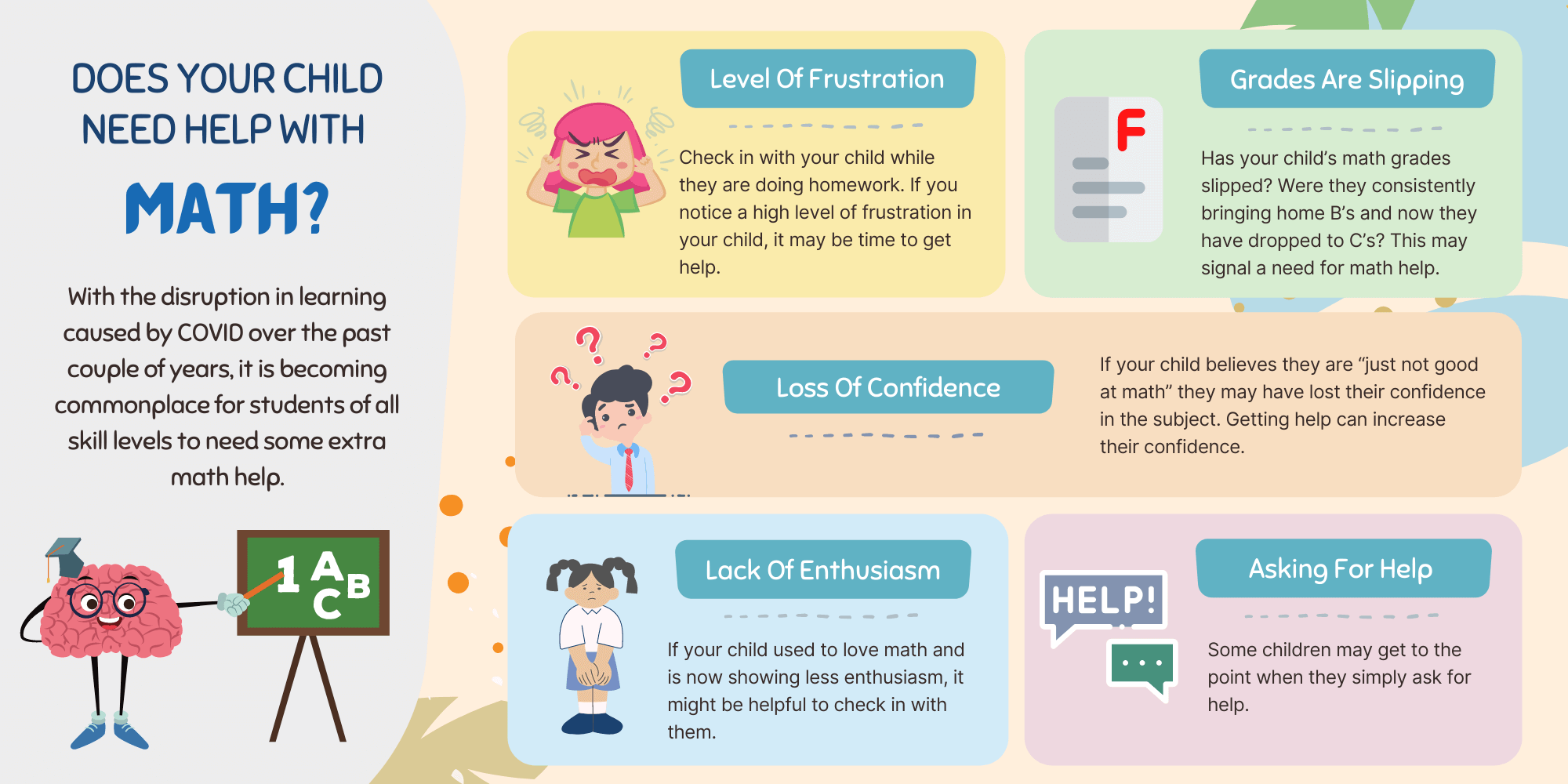There’s no doubt that struggling with some concepts at the start of the school year can be discouraging. Your child may feel like they are falling behind and that it’s impossible to catch up. But they need to remember that it’s not how they start that matters, it’s how they finish. With a little bit of hard work and dedication, they can turn things around and better understand the learning concepts that can help with their future studies.
There are many steps that can be taken to help children with any educational gaps they may be experiencing. Tutoring is a great way to help a child who may be falling behind in learning, especially in mathematics. Tutoring comes in many forms, including one-on-one instruction, virtual tutoring, and group classes. Each type of tutoring can be helpful in different ways, but each interaction can help a child develop ideas and fully understand complex concepts.
One-On-One Tutoring
Asking questions is an essential part of the learning process, but it can be challenging to do in a large class setting. This can sometimes be the cause of a slow start to a school year. When a child is one of many students competing for a teacher’s attention, it can be easy for them to feel lost in the shuffle. This is why personalized learning opportunities with a one-on-one tutor can be so valuable. Being able to ask questions in a one-on-one environment can make a big difference in academic performance. Many children feel more comfortable asking questions in a personalized setting, and they can also get more out of the conversation. As a result, they can better understand the material and apply it to their coursework.
However, this tactic for performing better in school may be effective, but it isn’t always available or convenient. Many families are busy and may not have time to book a tutor for scheduled lessons. Tutors are also in high demand, so it may be challenging to get a time slot that works for your child. This makes it frustrating for the child and parent as they cannot schedule regular lessons. One-on-one tutors may also not be tailored to individual learning styles or needs.
Dropkick Math
At Dropkick Math, we are different than traditional math tutoring. Our unique programs focus on the fundamental misunderstandings your child may have in math and can provide them with the skills they need to keep advancing. We offer a fun alternative to one-on-one tutors that can help your child build their confidence and thrive in mathematics through self-learning.
Our programs focus on the four pillars of math, using engaging, innovative programs. Each module helps students fully understand critical concepts that are the base fundamentals of mathematics. By the end of the program, your child will be able to persevere through challenging math concepts, ask questions for clarification, and learn from valuable mistakes.
Take Action
No one wants to hear that their child struggles in school, but it happens. And when it does, it’s important to take action. Saving a school year, whether it is one class or multiple classes that need a boost, is entirely doable as long as your child has a positive attitude, desire, and a strategy to perform better. Creating a growth mindset is essential for your child’s success in learning. Children with a growth mindset see learning as a great challenge. They also believe that they can improve if they put in enough effort.
Enrolling them in Dropkick Math Academy is the first place to start when needing to save the school year. Our qualified Ontario Certified Teachers can offer differentiated approaches, making it accessible for all learning needs. In addition, our curriculum is designed to make sure your child grasps concepts quickly and thoroughly. With our help, your child will be able to save their school year after a slow start.
Is Your Child Struggling With Learning?
It is not uncommon for children to struggle with learning during the start of the school year. Your child may receive a lower-than-expected grade on their progress report card or feel like they don’t understand what their teacher is talking about in class. Regardless of the situation, it’s important to remember that with some help, it is not too late for your child to catch up on their learning. With a little bit of commitment, they can get back on track and make the most of the year.
Not sure if an online math tutor is for your child? Check out our program descriptions today and learn about each module that can help boost your child’s confidence and set them up with the skills needed for their future. So, don’t waste your time searching for “math tutor near me,” contact Dropkick Math today and get your child the help they need to get back on track.
















